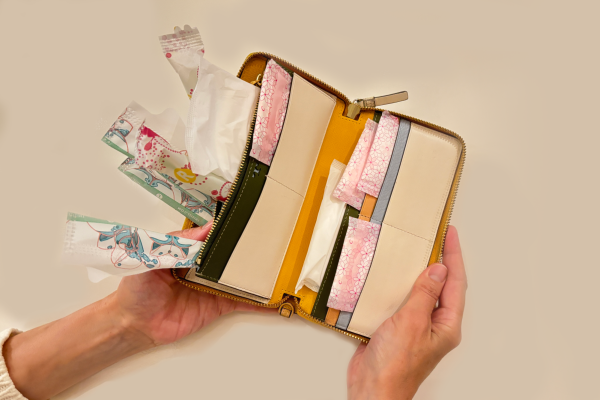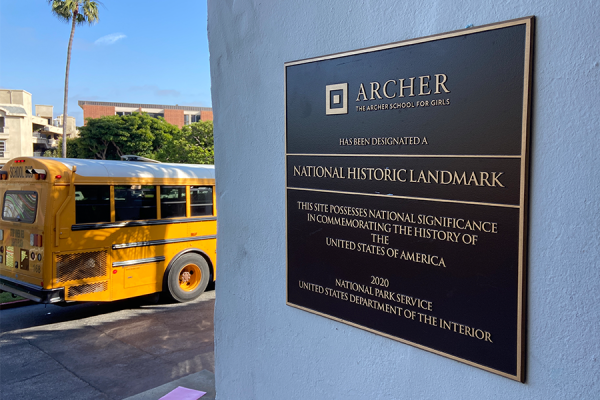Something’s Fishy: Why Your Sushi May Not be Authentic
January 31, 2014
It is arguably one of the greatest scams that Angelenos have encountered. Sushi fraud is the illegal activity of misrepresenting purchased seafood—a potential detriment to the health of all sushi-lovers alike.
A recent study regarding seafood fraud was conducted by an organization known as Oceana in 2012. Researchers from Oceana collected 119 seafood samples from various sushi venues across Southern California. They targeted fish that were mislabeled from previous studies, such as wild salmon, red snappers, yellowtail, and white tuna.
The purpose of this investigation was to “stop seafood fraud” by analyzing and determining “if the seafood was properly labeled under both California and federal law,” according to the testing report.
Archer’s Honors Research science classes utilized the results of this experiment to create an investigation of their own. To trace the authenticity of these foods, class researchers used a process called DNA Barcoding.
Hanna Shohfi, instructor for the Honors Research team, says, “The idea behind a barcode is that it’s basically identifying the unique sequences of DNA… it can be used to identify any biological organism.”
“We got samples of sushi from sushi restaurants around LA,” says Dana Wood ’15, a researcher involved in the experiment. “We took samples of the fish and washed away all excess material so all we had was their DNA.”
Students analyzed seven commonly mislabeled fish from specific locations in the Los Angeles area: albacore, yellowtail, tuna, red snapper, halibut, white tuna, and seabass. When genetic information regarding these fish were sent to a “fish database,” the findings indicated that only three of the seven fish samples were correctly labeled: albacore, yellowtail and tuna.
The fish labeled “red snapper” was actually a red seabream, and the halibut was an olive flounder. White tuna was not actually tuna at all, but escolar, a fish rich in protein and known to cause keriorrhea. The “seabass” was a mislabel for white bass, a freshwater fish.
“[Oceana’s] report doesn’t identify any of the markets. So this way we could go to a specific place where we could identify the locations of where this was happening,” Shohfi says. Even so, it becomes problematic because it is impossible to tell where in the fish distribution process that the substitutions are made. “Sometimes it’s not even the restaurants,” Wood says. “It could even be the suppliers.”
“Most of the seafood fraud complaints the FDA receives come from consumers at the retail level,” says FDA spokesman Douglas Karas. “The agency is working to determine how often, or at what point in the supply chain, fish substitution occurs.”
Interestingly enough, some instances of misrepresentation may actually be in the best interest of the public. For example, actual red snapper harvested in the United States area is rated “AVOID” on Monterey Bay Aquarium’s Seafood Watch. The misrepresentation is preventing the public from consuming the actual and harmful fish.
Despite controversy regarding the ethicality of this issue, California legislature is taking necessary precautions to ensure its containment. State Sen. Ted Lieu introduced “SB 1486” in Feb., requiring all “large restaurant chains to label seafood accurately by species and country of origin and to also indicate whether it is farmed or wild.”
As modern science progresses, we may even uncover more mass-misrepresentation in the food industry. Thanks to professional researchers and Archer researchers, these issues have been brought to the community’s attention.
“It’s a really cool experiment… The students [are] able to see that they can do the same research that was produced in [Oceana’s] study,” Shohfi says.
It is in high anticipation that the Archer community awaits the newest results for Honors Research’s next experiment.

















Samantha Coyne • Feb 7, 2014 at 12:37 pm
Yaz, you mentioned the Monterey Bay Aquarium’s Seafood Watch. Here is a link to the Monterey Bay mobile app http://www.seafoodwatch.org/cr/SeafoodWatch/web/sfw_iPhone.aspx that helps consumers to stay informed about environmentally friendly seafood. While the list does not address mislabeling issues, consumer awareness will bring more attention to the wide-scale detrimental practices within the fish industry.
Ms. Geffen • Jan 31, 2014 at 11:39 am
Fascinating (and scary)! I always wonder if those national level survey results really apply to the sushi at my favorite local restaurants. Thank you Yasmeen (and Honors Research class) for sharing this info with our community.